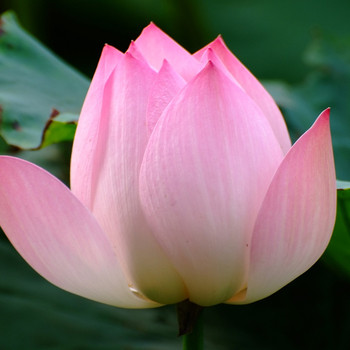Can anyone help explain the reasoning behind the answers?
I kept getting a different solution for part b and c
![enter image source here]()
I kept getting a different solution for part b and c
1 Answer
As Wikipedia says
"The limiting reagent (or limiting reactant) in a chemical reaction is the substance that is totally consumed when the chemical reaction is complete. The amount of product formed is limited by this reagent, since the reaction cannot continue without it. If one or more other reagents are present in excess of the quantities required to react with the limiting reagent, they are described as excess reagents or excess reactants."
The balanced equation of the reaction
a) By the above balanced equation the mole ratio of reactants
So mass ratio should be
But the ratio taken
As per balanced reaction 12 5g
But
So
b) Excess
c) By the above balanced equation the mole ratio of reactants
so mass ratio should be
As per balanced reaction 12 5g
Decimal place not considered in calculation

